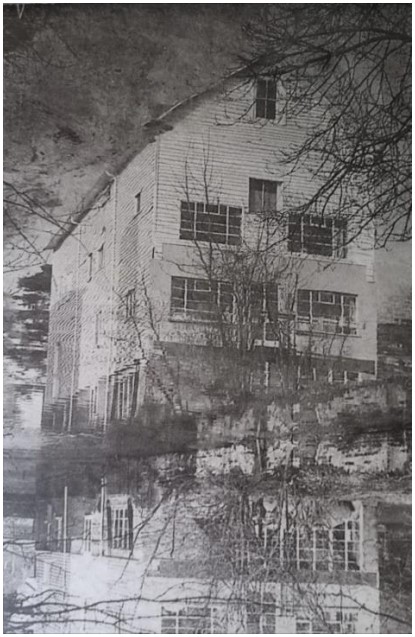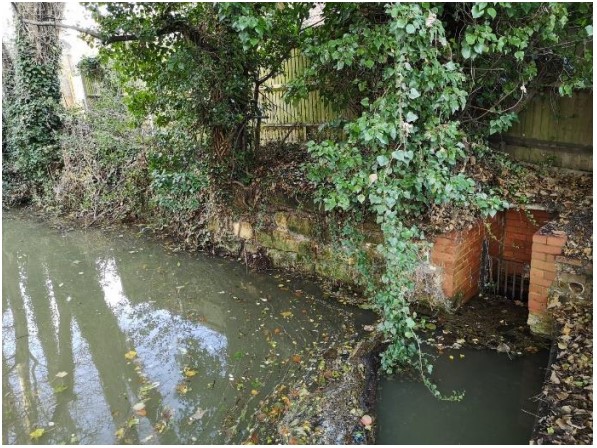The Twentieth Century
The Mill was still operating as a corn mill at the turn of the 20th century but at the end of WW1 in 1918, the site was purchased by Tonbridge Urban District Council, who took over responsibility for the water flow. A year later on the 17th July 1919, the site with 40 acres was sold to the Storey Motor Company for £3000. The sale included the Mill Stream waterway approach to the Mill.
The WW2 saw great plans for Tonbridge as a pivotal location in the event of a German invasion. Much of what was planned did not materialise due the changing dynamics of war and the receding threat of invasion. Amongst the plans for the town was that the Mill Stream would have been deepened to prevent fording by enemy troops and tanks and there would have been a 360 weapon pit with large guns, at the junction of the Mill Stream and the main river, where Mortley Close is today.
In August 1965 an application was made to the Kent River Authority by Crystalate (Mouldings) Ltd., Mill Lane, Tonbridge, Kent, for a licence to abstract 240 gallons of water per minute from the Mill Stream, for cooling purposes with all water abstracted returning to the stream.

Two of the old Town Mills were demolished after the 1968 flood destroyed Cannon Bridge and a new road was built joining Mill Crescent, acting as a by-pass for the town. The tall white weather boarded buildings stood either side of the stream where the raised gardens and pedestrian area is now. Boating up the stream between them, the buildings felt dark and spooky with the high sided buildings on the bank either side and the dark water below.
The original mill was left and became derelict before being restored in the early 2000’s, by which time only the footings and some bare ruins remained together with the original mill wheel, which is still visible today. The stream flows under the house to the mill pond at the rear.
Both the demolished Mills had upright wheels and one had a large chimney. They were four storey buildings and when demolished, the top three storeys fell as one onto their side, proving how well they were constructed. The fire brigade stood by and watched as they were burned in situ rather than attempting to break them up. Prior to demolition, a book bonding company used one floor of a building, their original purpose long gone.


Perhaps as early as 1973, the flow of the Mill Stream has been limited by an earth dam across the stream approximately 100 yards downstream of Town Lock, within which is a 30cm pipe. The flow is additionally limited by the effective gradient of the stream between the dam and the Mill, determined by the level of the Mill sluice.